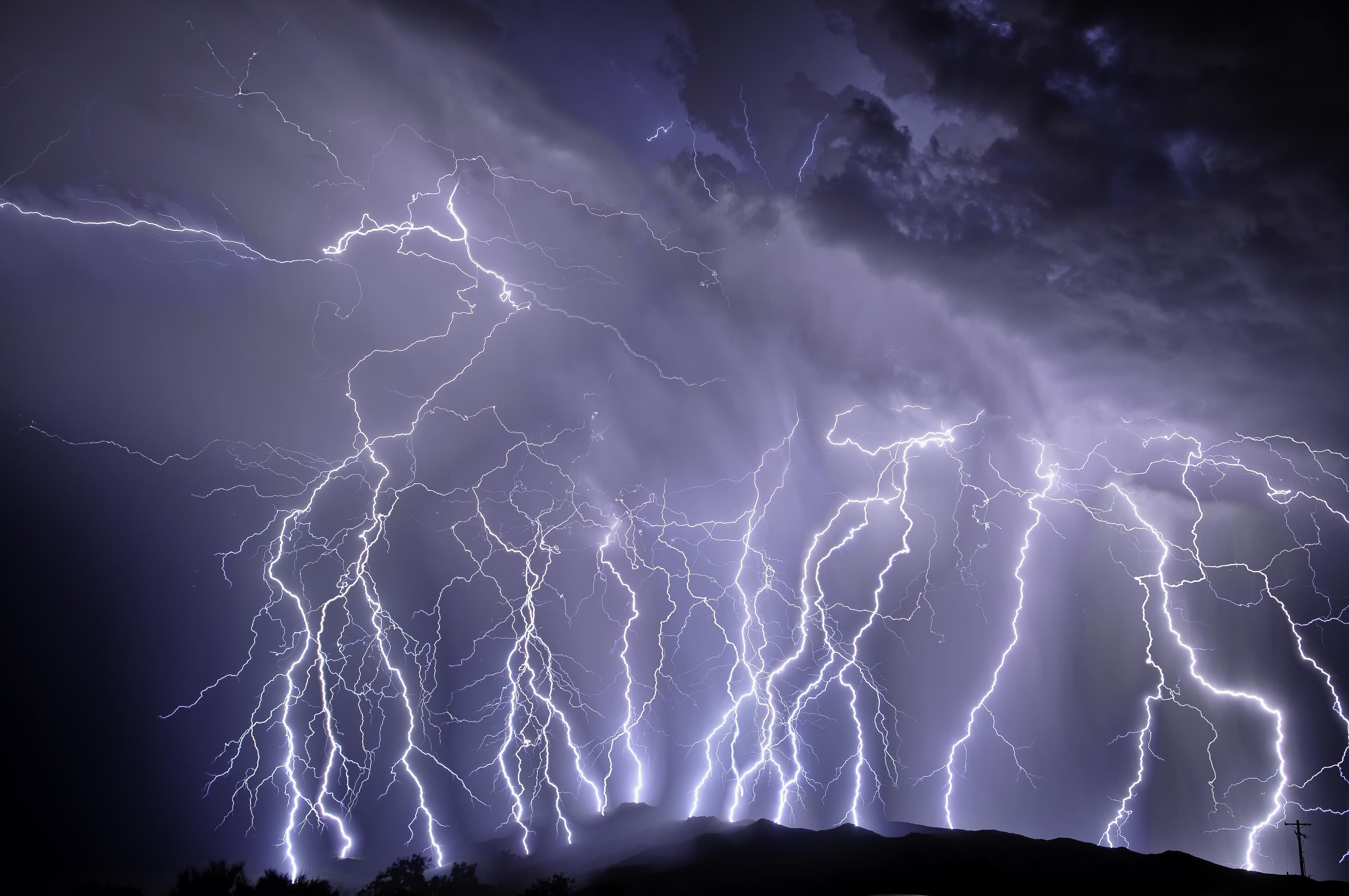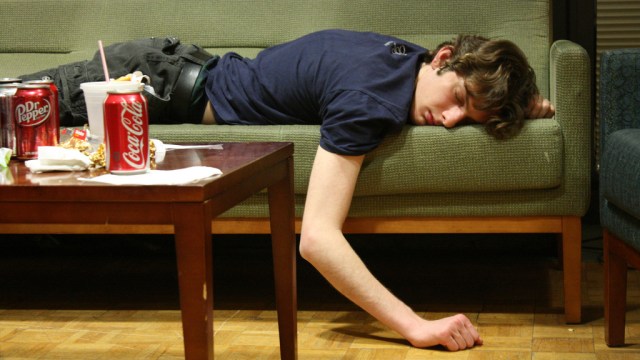Wildfires in the Arctic Circle spell the stark new reality of global warming

In July of 2018, there were 11 wildfires occurring north of the Arctic Circle. It is a fitting visual backdrop to the recently published study led by NASA that concludes that the Arctic carbon cycle is speeding up. Carbon spends 13% less time locked in frozen soil in the Arctic Circle than it did 40 years ago, which means that the landscape in the region is now leaning towards something “more characteristic of a North American boreal forest than of the icy Arctic.”
While some plants have begun to process carbon quicker than in the past, the analysis of the study leaves the researchers all but certain that “Mean carbon residence time [in vegetation] for 2004–2013 is 13.4% lower than that for 1979–1988.
This matters because — as Lauren Lipuma at the American Geophysical Union noted in 2016 — “the permafrost soils that characterize the Arctic and sub-Arctic tundra cover roughly 8 percent of the global land surface but hold half of Earth’s underground organic carbon and twice as much carbon as is currently in the atmosphere.”
More carbon dioxide in the atmosphere heats the earth and traps heat that would otherwise be reflected back into space. That means warmer temperatures and stronger storms. Ice will melt; the seas will rise; our communication infrastructure will be impacted; cities will drown and/or become too hot a place to live, and humanity will move across the world in an attempt to seek shelter and refuge.
“The Arctic’s carbon sink is not stable,” Stephanie Dutkiewicz — a research scientist at MIT —told the National Snow and Ice Data Center in 2014. “Multiple things are happening in the Arctic—some are making the Arctic more of a sink, some are making it less of a sink … it’s precarious.”
“How much Arctic carbon could be lost to the atmosphere as the Earth warms is still an open question,” Maddie Stone wrote for Earther in July. “But only a fraction of the 1,300 billion to 1,600 billion tons of carbon locked away in permafrost soils needs to escape to have climate impacts.”
Any attempt to mitigate this will depend on the strategy of approach. “Scientists have come to learn that understanding which forests are best at absorbing CO2 requires understanding which mycorrhizal fungi are present in that forest’s microbiome,” notes a press release from Boston University. Scientists have recently sequenced the genome of a fern named Azolla filiculoides that once helped cool the earth millions of years ago with the thought that it might be possible to do it again. You can ‘Treespond’ every time the current occupant of The White House says something against the idea of Climate Change. And — at the end of July — the Supreme Court “refused to halt a novel and sweeping lawsuit pressed by children and teenagers seeking to force the federal government to take steps against climate change.”
The success and failure of these efforts will be measured in time.





